Taking-Off, Flying and Landing in Safety
You can also download the video from here
Taking-Off, Flying and Landing in Safety.
After many technological developments related to: the automatic take-off procedures, the controlled movement of the stem, the sensors installed and interlinked, radio bridges between the kite and land and many many other “hidden” aspects of KiteGen (each one essential as links in a chain), we are now proud to show the most visible achievement reached so far.
We are sure that this post is exactly what everyone was waiting to read from our blog. Testing activities on our prototype have started a few weeks ago and numerous technical achievements were collected. In one test in particular, Wednesday 15th of February, a successful take-off occurred with just 1.5 m/s of wind speed at ground (video link).
The KiteGen Stem has followed the procedures for the take-off through the “Swing” of the stem, allowing the kite to gain height thanks to the apparent wind generated by this movement (therefore, in this instance, without need of artificial wind as mentioned in the documentation). Once above the generator the kite gained more height finding stronger winds and completely unrolling the cables mounted on the drums for this test (300 m).
We know that the European average wind is around 3 m/s; with this exceptional result the KiteGen demonstrates that it has the freedom to take-off at any time, without aids for at least 5000 hours per year.
The test program will continue and evolve, in order to consolidate the results and check the behaviour of the generator during continuous flight; with the realistic ambition to get as close as possible to the 8760 hours per year of flight. (Although not always reaching full rated power during generation, the theoretical limit for this is just below 6000 hours, still 2-3 times the one of traditional wind farms).
The other obvious result that can be extrapolated from this post is that at least the beta version of the control software is ready. There is still a lot of work for the KiteGen team, however, we reached an important milestone in the estimated time, which suggests that the road is downhill from here.
The research prototype KSU1 (also called mobilgen) already flew, and produced energy back in September 2006 (video link). This first experiment has allowed us to implement a long list of necessary features and upgrades to add on the industrial machine now under tests. Thus defining an appropriate technology architecture that would allow automatic take-off, manage the excesses of the wind bursts and reduce the wearing of mechanical parts, cables and kites. These specifications were designed and implemented and now are under constant test thanks to the completion of the world first KiteGen Stem.
In a nutshell these were the activities that, for those who follow the KiteGen project since the beginning, kept the KiteGen Team busy, while some impatience led some to criticise the project with statements such as “KiteGen is stopped because it does not fly.” The flight is certainly the most visible achievement but definitely not the only one reached by this company. Further updates will prove the immense work done and facts will convince the more sceptic.
From here the team will carry on as it always had, hopefully with more support, towards the ultimate goal:
Industrialize the first large scale machines that can exploit the huge potential of High Altitude Winds.
Keep up the good work.
Have a good flight KiteGen!
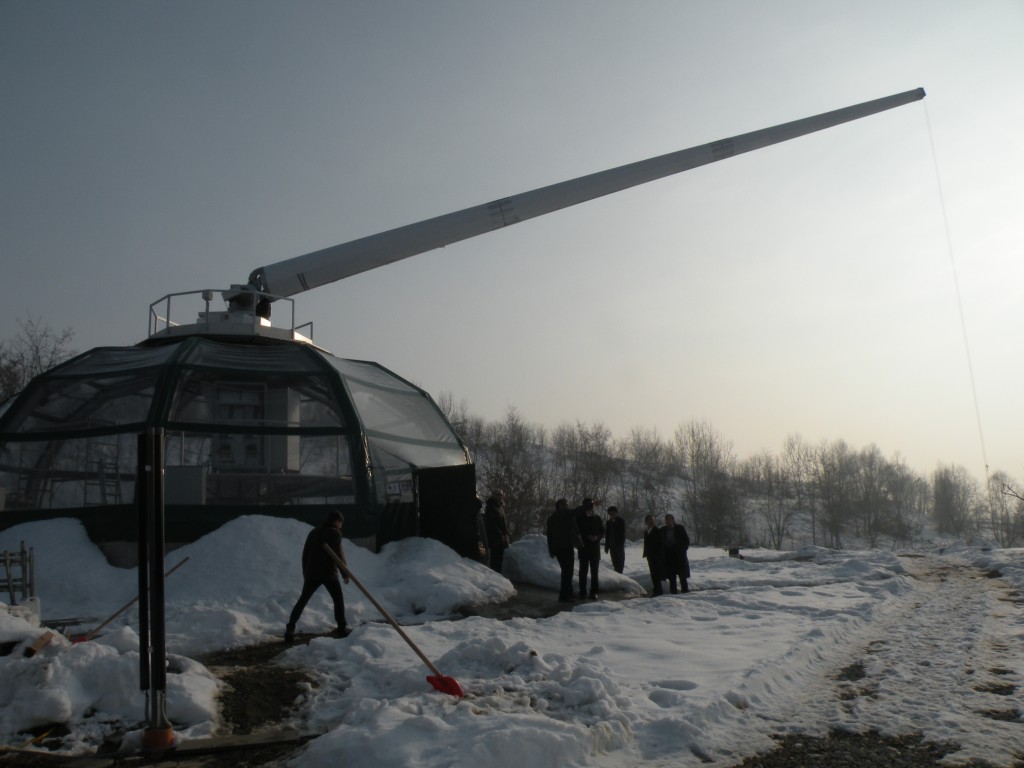
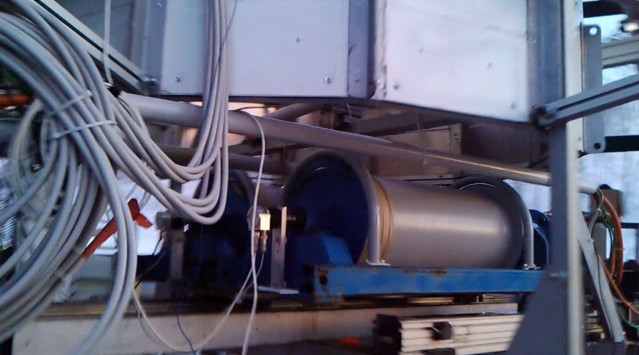
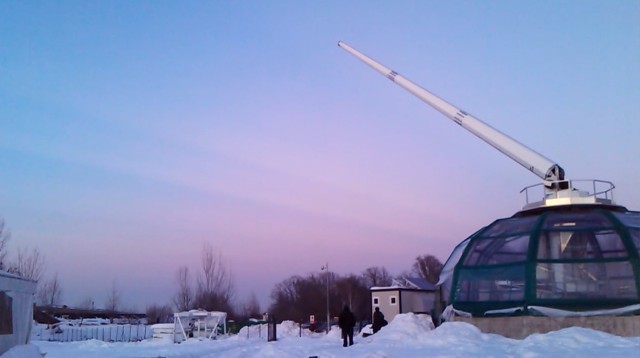
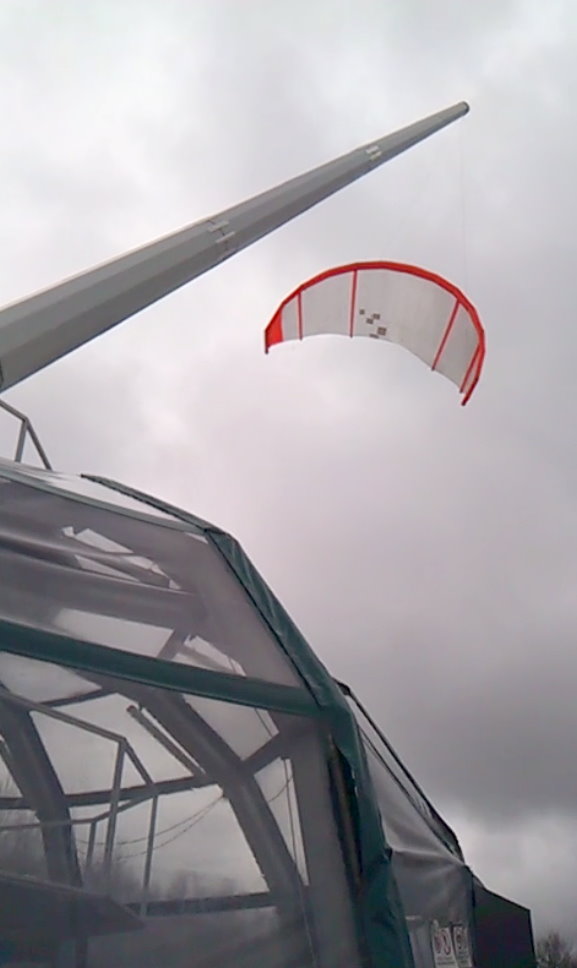
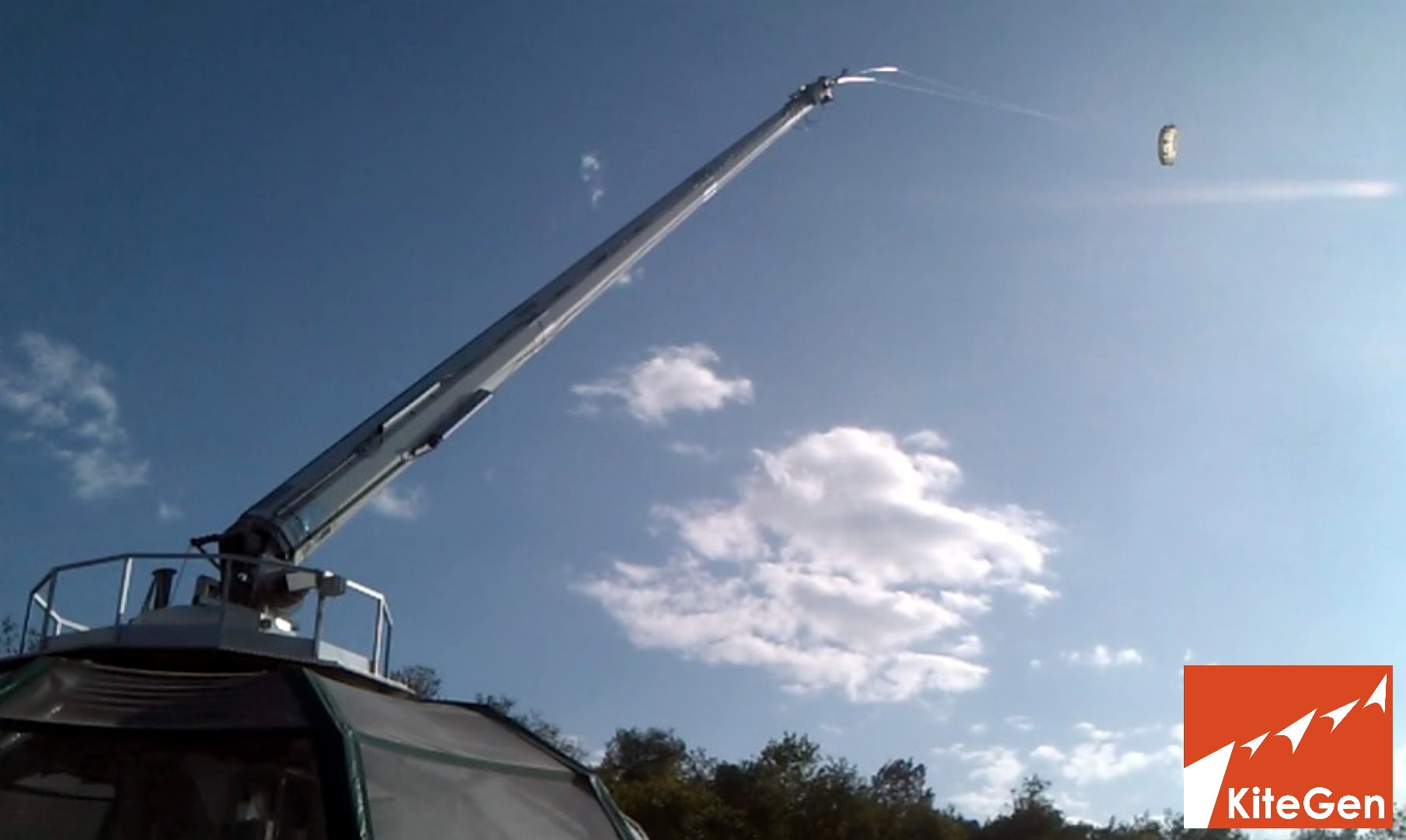
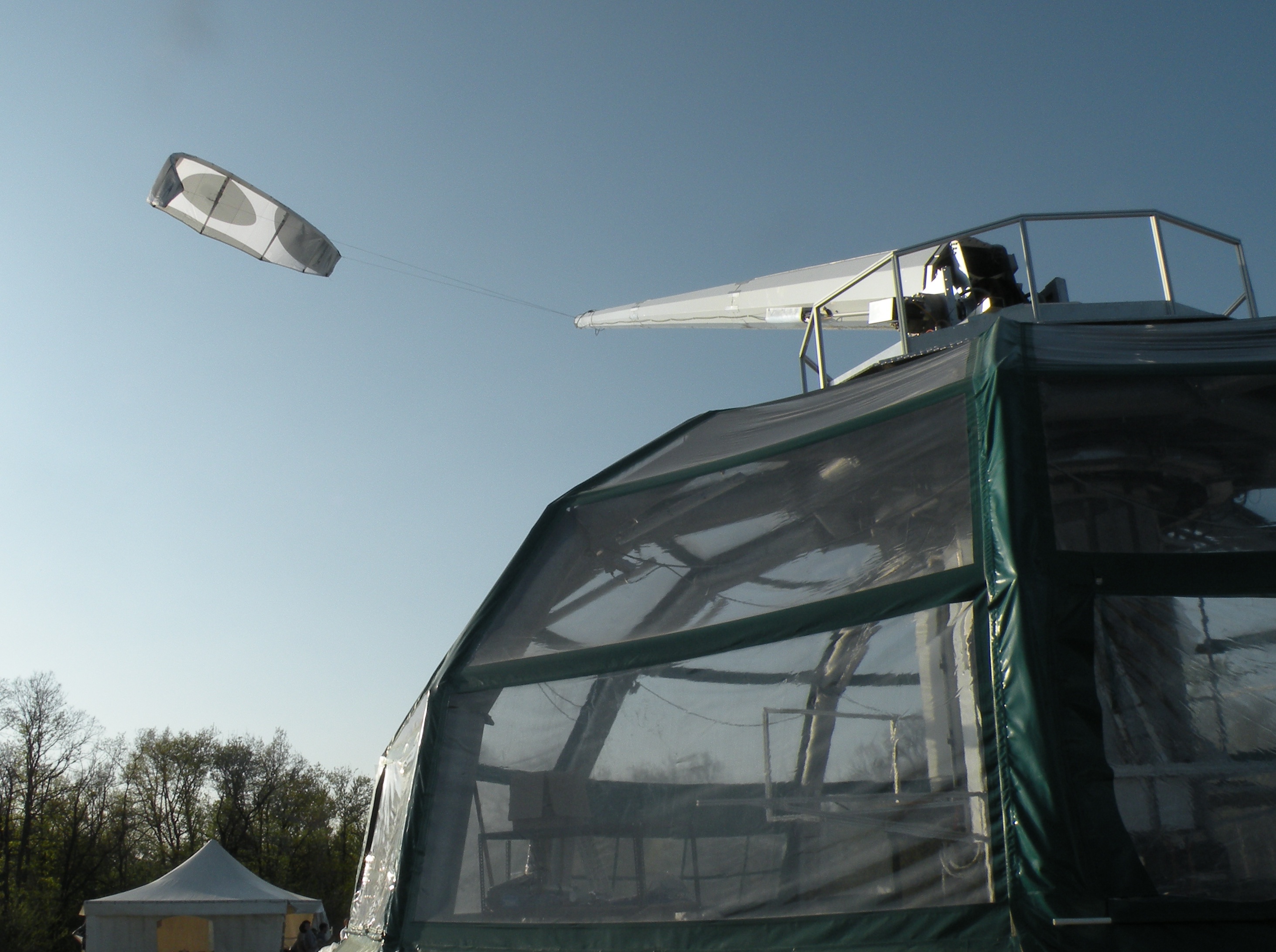
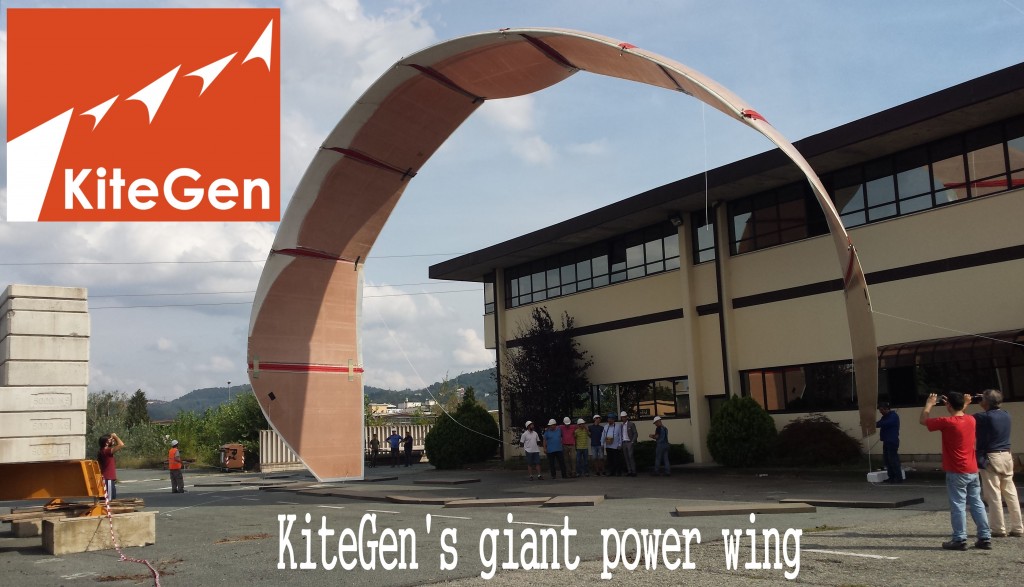
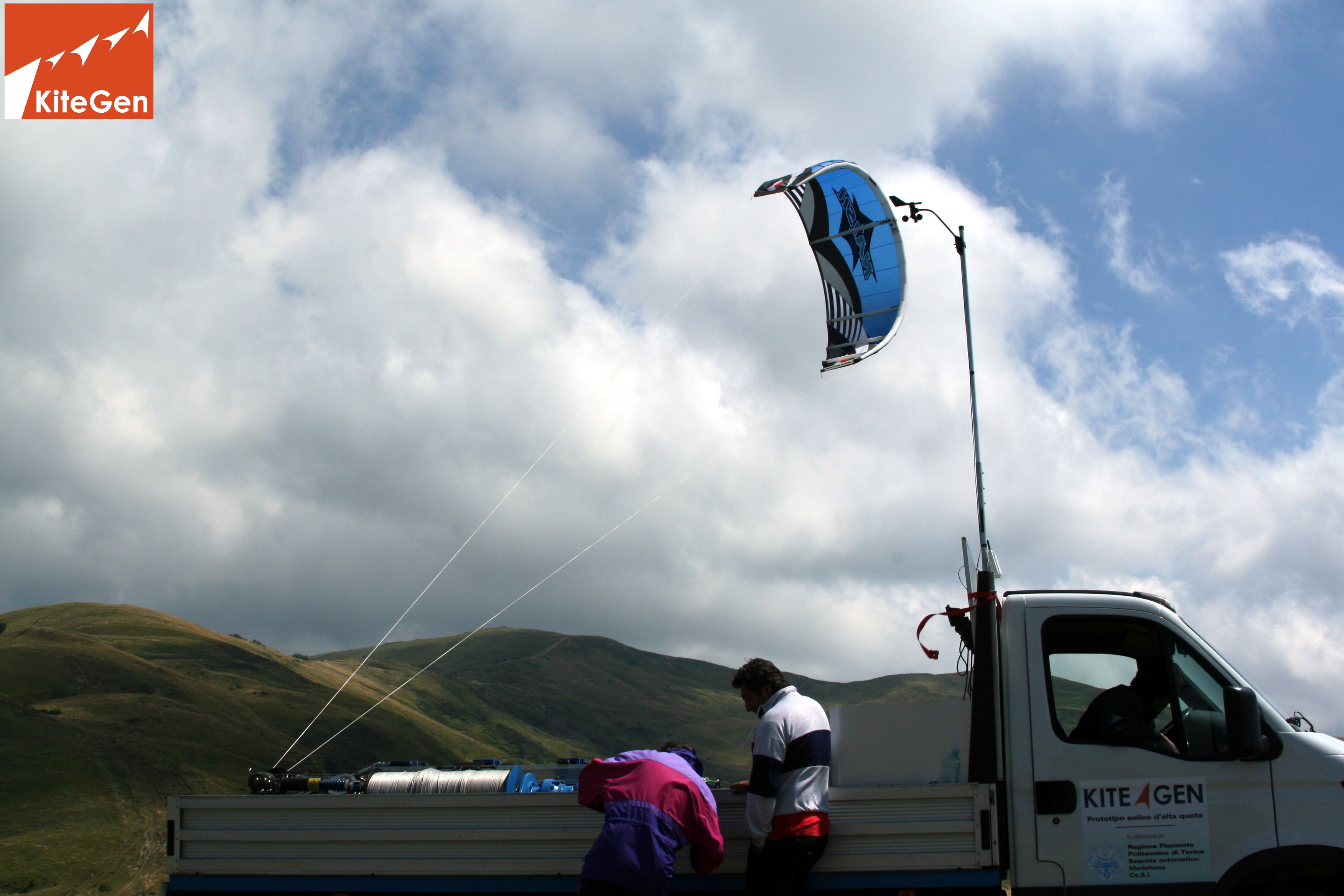
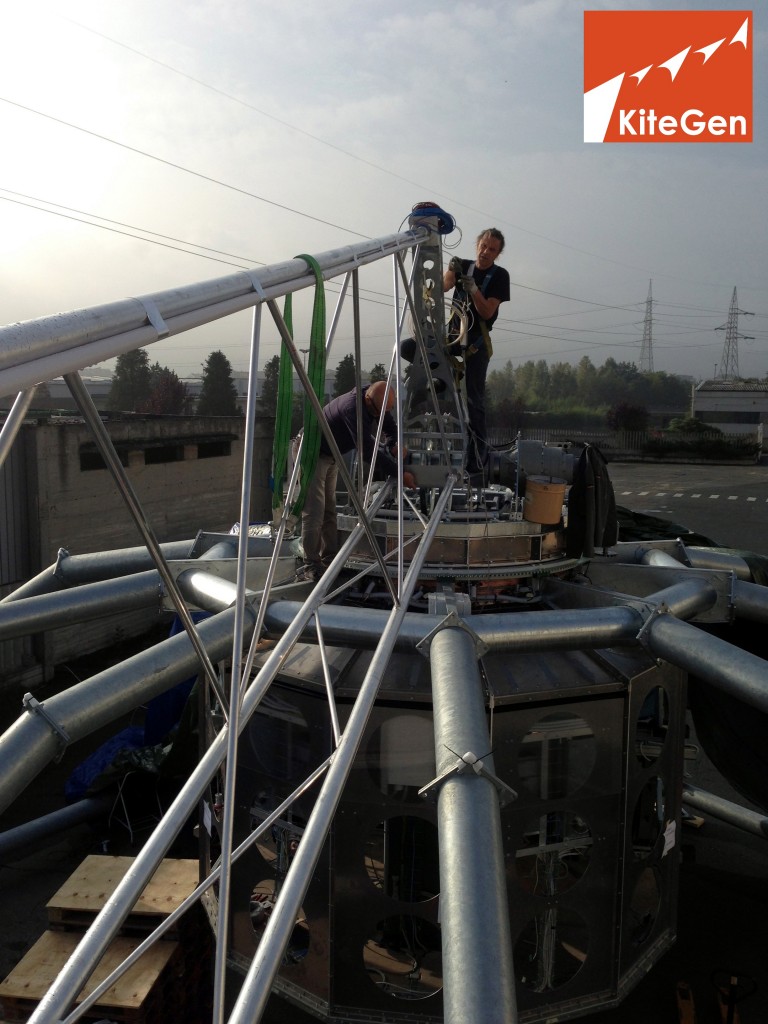
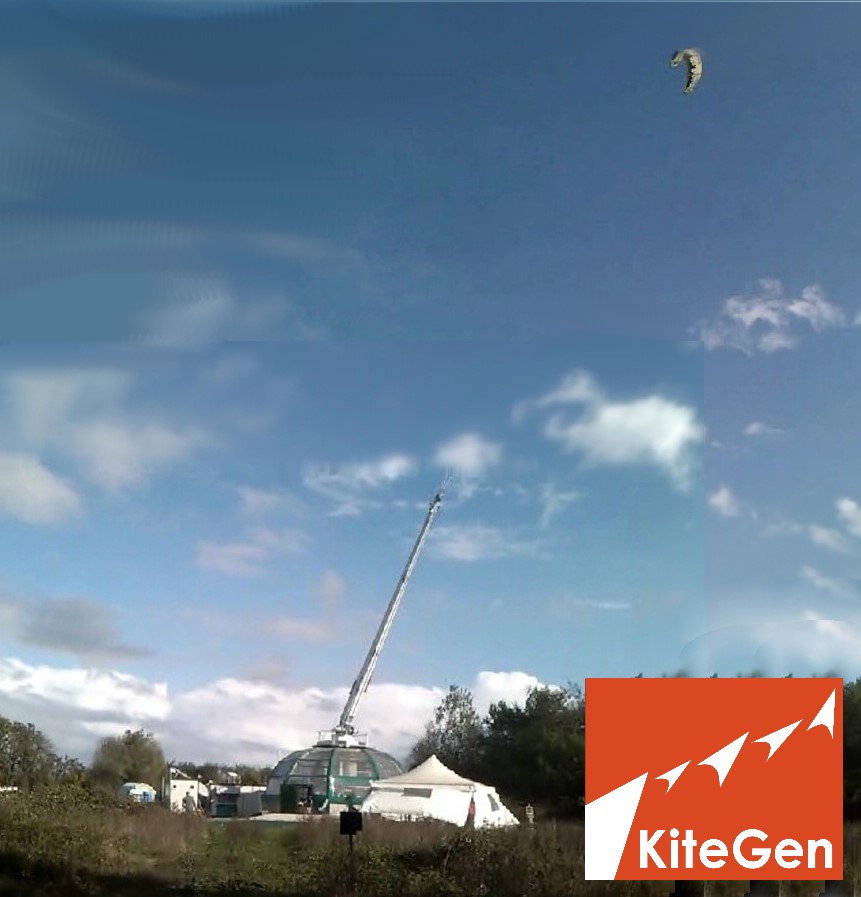
HI,great work,but i couldnot able contact the official to know the financial structure of your product and many more details to be needed,i need a perfect web address or mail ID’s,help me to get those details. Thank you
Thank you, contact us either at info or invest @kitegen.com. Our team will provide for you all the info you need.